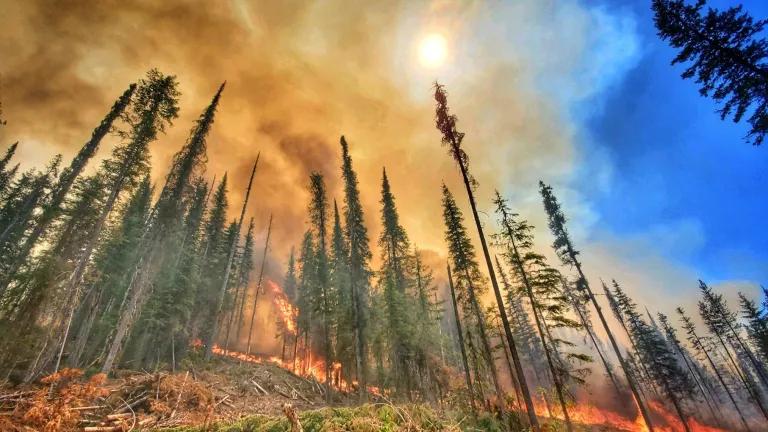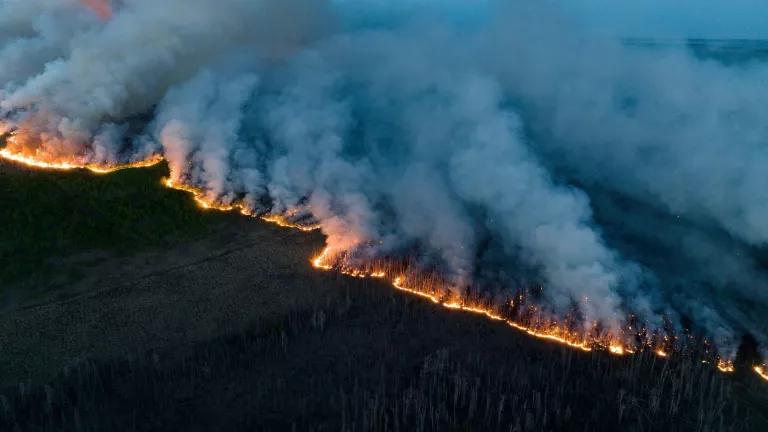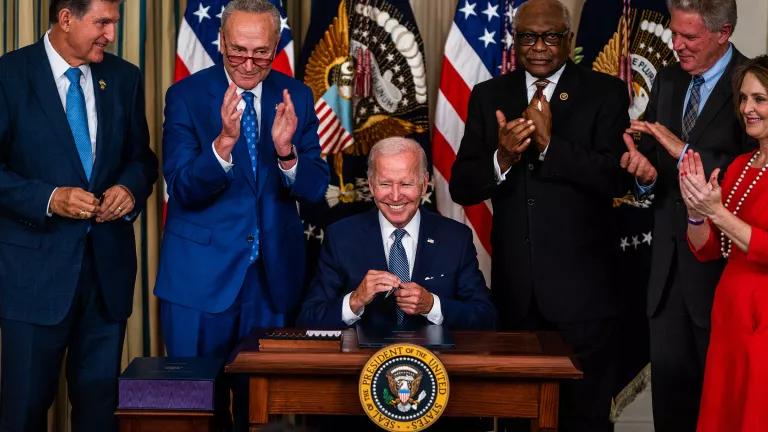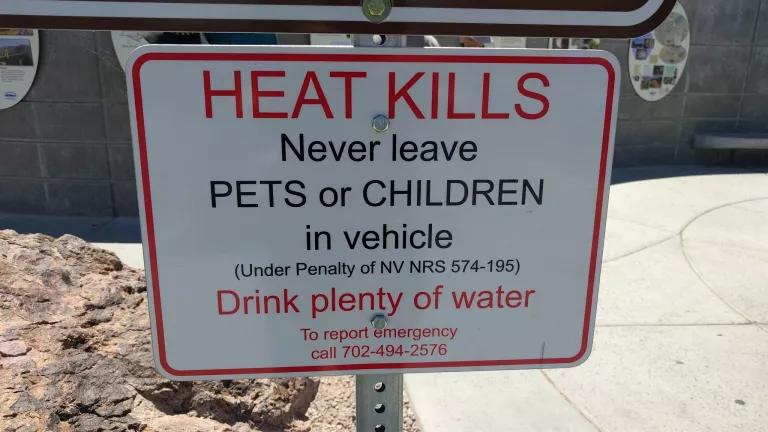The Next Step to a National Disaster Safety Board
What do the deadly Texas deep freeze in March, Hurricane Ida in August, and the summer’s heatwaves and wildfires have in common? In each case, their worst effects might have been prevented, if we had applied lessons we’d learned from previous disasters.

The Summit Trail Fire burned through dense fuels in Washington during July 2021.
What do the deadly Texas deep freeze in March, Hurricane Ida in August, and the summer’s heatwaves and wildfires have in common? In each case, their worst effects might have been prevented, if we had applied lessons we’d learned from previous disasters. Representatives Katie Porter (D-Calif.), John Garamendi (D-Calif.), and Nancy Mace (R-S.C.), though, are working on a solution. Their new bill, the National Disaster Safety Board Act of 2021, is the latest proposal to help the nation learn from disasters and help prevent future suffering.
Climate change has accelerated the frequency, intensity and severity of deadly disasters. On October 6, Climate Central reported that the average time between billion-dollar disaster events is now just 18 days, down from 82 days in the 1980s. That’s once every two and a half weeks! Despite these sobering statistics, we can’t give in to “disaster fatigue.” Instead, it’s time to focus our efforts on preventing these tragic and costly events.

The United States experienced 18 separate billion-dollar disasters between January and September 2021.
As I’ve written before, a National Disaster Safety Board would assess the effectiveness of the nation’s disaster preparedness, response, and recovery actions and identify ways we can improve. Like the highly successful National Transportation Safety Board, the NDSB would investigate the root causes of deaths, injuries, and damage and provide fact-based recommendations for the future.
There is no standardized, federal process by which disaster-related efforts are evaluated across multiple agencies and levels of government. Instead, at best, we have after-action reports (AARs), in which agencies evaluate their own performance during. Earlier this year, a group of public health experts investigated reports from Hurricanes Katrina, Rita, and Harvey and determined that “[b]ecause of the lack of objective data, inconsistent format, unevenly distributed content, and lack of adherence to any framework, AARs are fraught with shortcomings.” The authors conclude that an NDSB is needed “so that objective evidence drives meaningful enhancements in lifesaving disaster response.”
Given the relentless pace of climate-fueled disasters, it is particularly critical to assess how policies and programs serve (or, too frequently, fail to serve) low-income communities, communities of color, and others disproportionately burdened by the effects of these events. The proposed NDSB will have a special focus on these disproportionately impacted communities, as part of a broader mission that prioritizes human lives over economic value—in other words, people over property.
The NDSB Act accompanies the Disaster Learning and Life Saving Act of 2021, introduced in May by Senators Brian Schatz (D-Hawaii) and Bill Cassidy (R-La.). As this bipartisan, geographically diverse group of Senators and Representatives knows, creating the NDSB will accelerate our learning from past disasters and catalyze action for climate resilience. Just as the National Transportation Safety Board was instrumental to making air travel safer, an NDSB could help transform our approach to emergency management and improve the nation’s overall climate preparedness. NRDC is excited to join groups including Enterprise Community Partners, the Institute for Diversity and Inclusion in Emergency Management, the Association of State Floodplain Managers, and the National Low Income Housing Coalition in support of creating the NDSB.




